Pineapple Pound Cake recipe from Grandma’s kitchen
Welcome to our Pineapple Pound Cake recipe, where we bring you a delectable dessert that combines the irresistible flavors of pineapples with the classic goodness of a pound cake. This easy-to-follow recipe will guide you through the steps of creating a moist and tender cake, infused with the refreshing sweetness of pineapples.
Did you know that pineapple pound cakes are often enjoyed as a symbol of hospitality and warmth, bringing a tropical touch to gatherings and special occasions? Learn more about the cultural significance of pineapple in desserts at Smithsonian Magazine.
Pineapple Pound Cake recipe from Grandma’s kitchen
This heavenly dessert combines the rich, buttery goodness of a classic pound cake with the refreshing sweetness of pineapple. Impress your guests with this easy-to-make Pineapple Pound Cake dessert that will leave them craving for more.
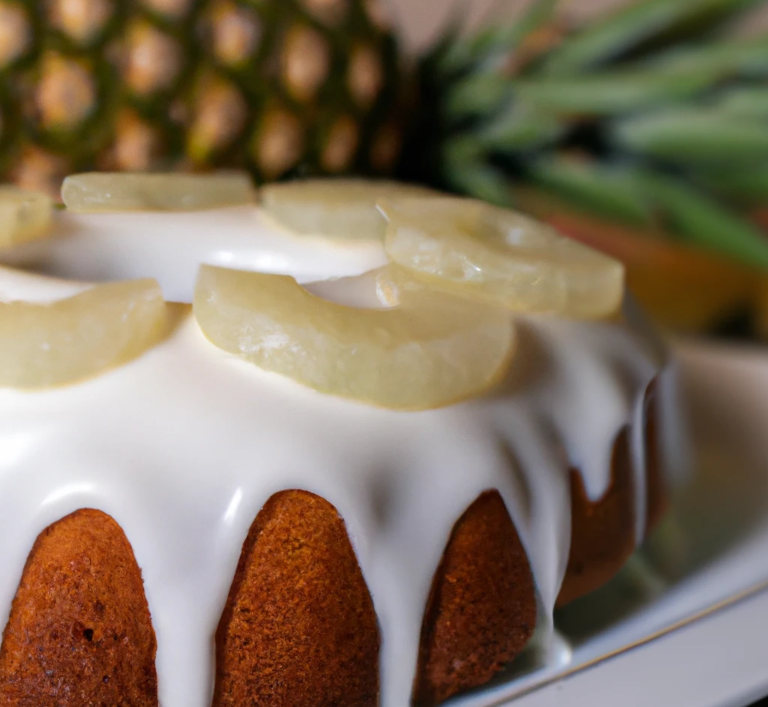
Stuff you need
How to Make Pineapple Pound Cake
-
Preheat your oven
Preheat the oven to 350°F (175°C). Grease the loaf pan with cooking spray or butter, ensuring the entire surface is coated.
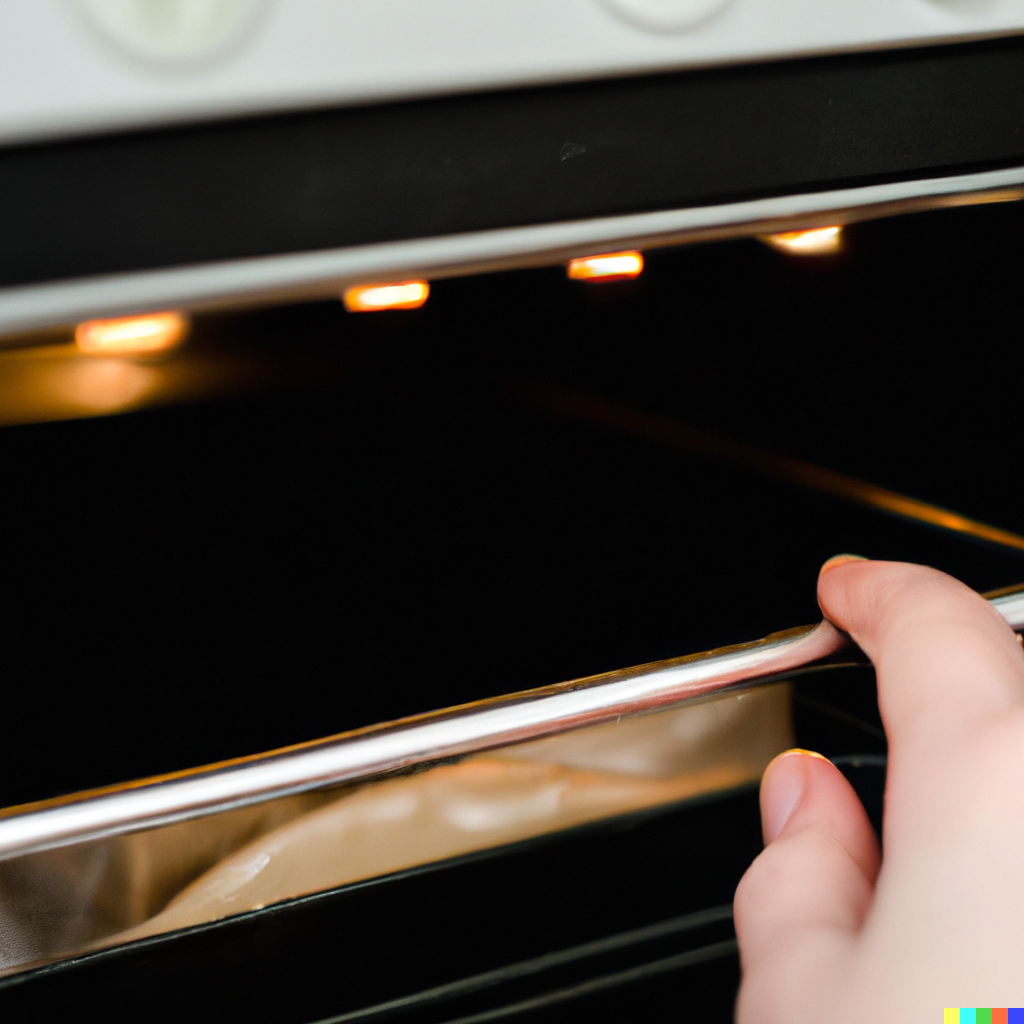
-
Start mixing
In a mixing bowl, combine the softened butter and granulated sugar. Use an electric mixer or stand mixer on medium speed to beat them together until light and fluffy, approximately 2-3 minutes.
-
Add the eggs one at a time, beating well after each addition. Scrape down the sides of the bowl as needed.
-
Stir in the vanilla extract and crushed pineapple until well incorporated.
-
In a separate bowl, whisk together the all-purpose flour, baking powder, and salt.
-
Combine mixture
Gradually add the dry ingredients to the wet ingredients, alternating with the pineapple juice. Begin and end with the dry ingredients, mixing just until combined after each addition. Be careful not to overmix the batter.
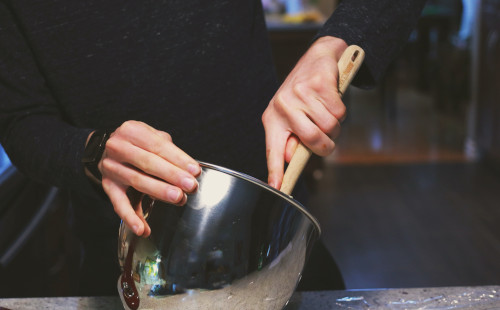
-
Add batter to cake pan
Pour the batter into the greased loaf pan and smooth the top with a spatula.
-
Bake
Place the pan in the preheated oven and bake for approximately 50-60 minutes or until a toothpick inserted into the center comes out clean.
-
Rest
Once baked, remove the cake from the oven and let it cool in the pan for about 10 minutes.
-
(Optional) Place on cooling rack
After the resting time, transfer the cake to a cooling rack to cool completely.
-
Serve
Once the Pineapple Pound Cake has cooled, slice it into servings and serve on a dessert plate. You can dust it with powdered sugar or serve it with a dollop of whipped cream for an extra touch of indulgence.
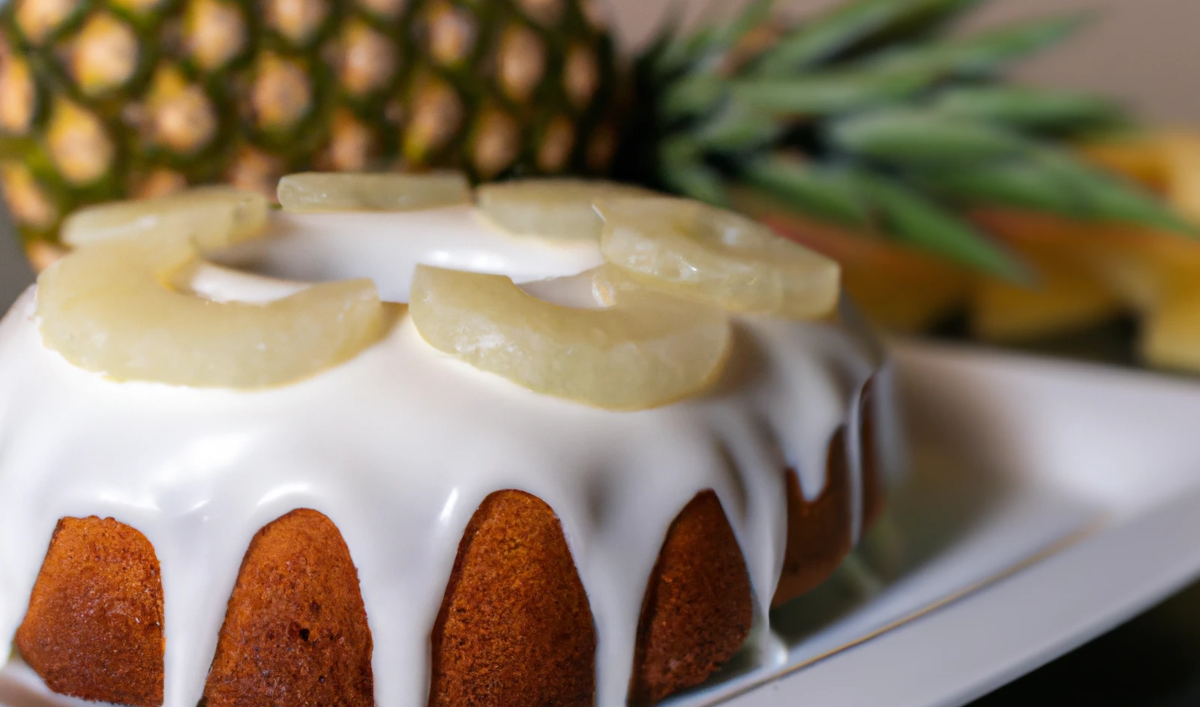
Serving Size 1
Servings 8
- Amount Per Serving
- Calories 250kcal
- % Daily Value *
- Total Fat 11g17%
- Total Carbohydrate 34g12%
- Dietary Fiber 1g4%
- Sugars 21g
- Protein 4g8%
* Percent Daily Values are based on a 2,000 calorie diet. Your daily value may be higher or lower depending on your calorie needs.
Note
Interesting Note: Did you know that the origins of pound cake can be traced back to Europe in the 18th century? The name "pound cake" derives from the traditional recipe that called for a pound each of flour, butter, sugar, and eggs. Over time, variations of pound cake have emerged, incorporating various flavors and ingredients. The addition of pineapple to the pound cake to make pineapple pound cake not only adds a tropical twist but also infuses the cake with a delightful burst of tangy sweetness. So, when you indulge in a pineapple pound cake, you're savoring a delightful combination of centuries-old baking traditions and the vibrant flavors of the tropics.
FAQs for Pineapple Pound Cake
Yes, you can substitute pineapple juice for water in a cake recipe to add a hint of pineapple flavor and enhance the overall taste of the cake. Just ensure to adjust the other ingredients accordingly to maintain the proper consistency of the batter.
A pound cake can turn out tough due to reasons such as overmixing the batter, incorrect measurements, baking at too high of a temperature, or overbaking.
"Pineapple Pound Cake" is a term used to describe a specific dessert recipe that incorporates pineapples into a pound cake.
You can tell if cake batter is overmixed by observing certain signs:
-
Tough texture: Overmixing cake batter can develop excess gluten in the flour, resulting in a tougher and denser texture in the baked cake.
-
Air bubbles disappearing: When you overmix the batter, the air bubbles created during the mixing process can collapse. This can lead to a denser cake as the trapped air that contributes to a light and fluffy texture is lost.
-
Uneven texture: Overmixing can cause uneven distribution of ingredients, resulting in an inconsistent texture throughout the cake. You may notice pockets of dense or rubbery areas within the baked cake.
-
Sinking or sunken cake: Overmixing can cause the cake to rise rapidly in the oven and then collapse, resulting in a sunken or unevenly risen cake.
To avoid overmixing, it is recommended to mix the ingredients just until they are combined. It's better to have a few small lumps than to overmix and risk a dense and tough cake.

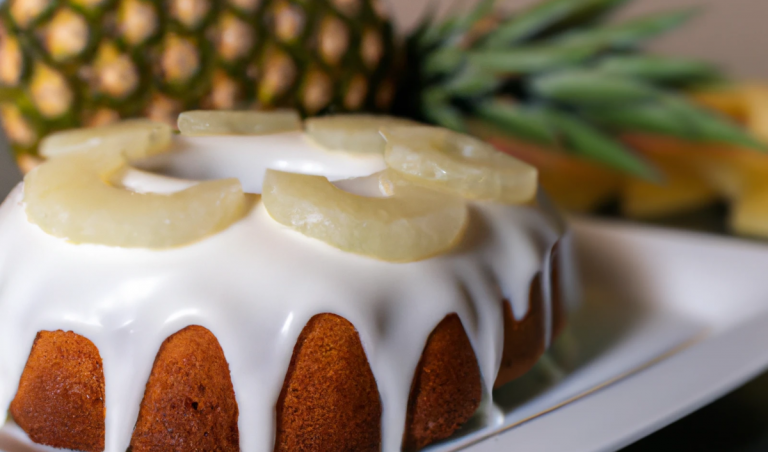

0 Comments